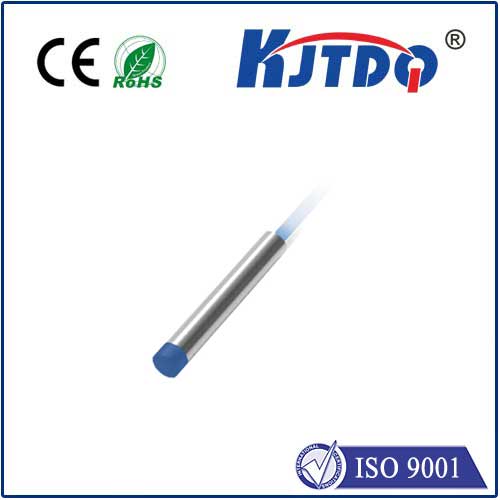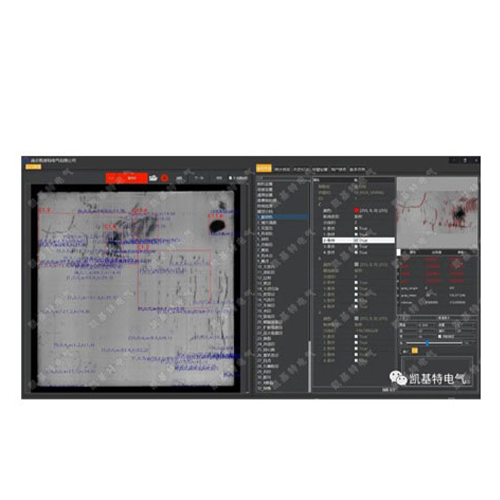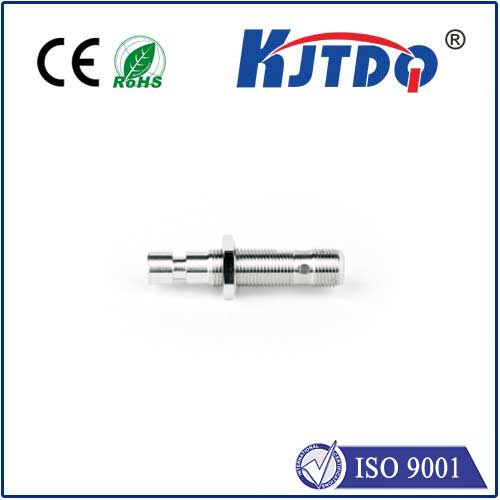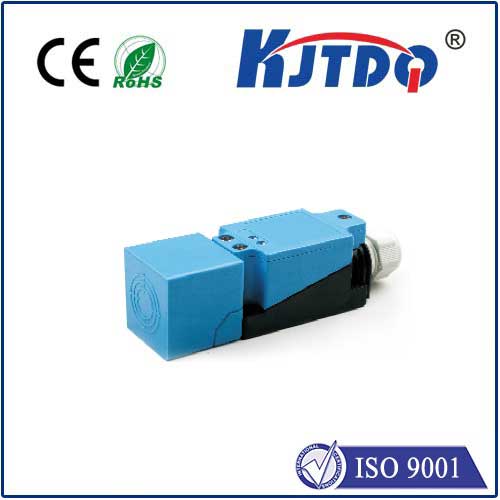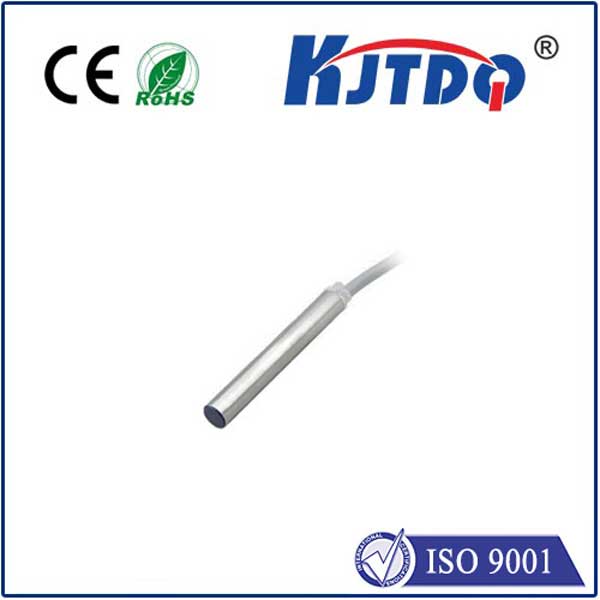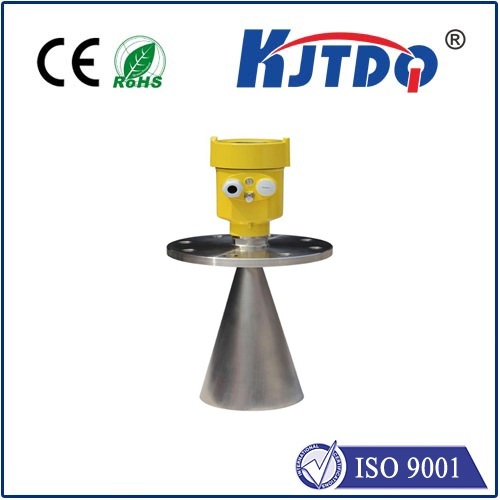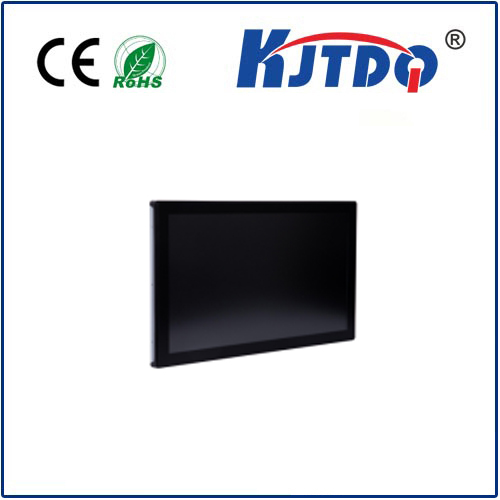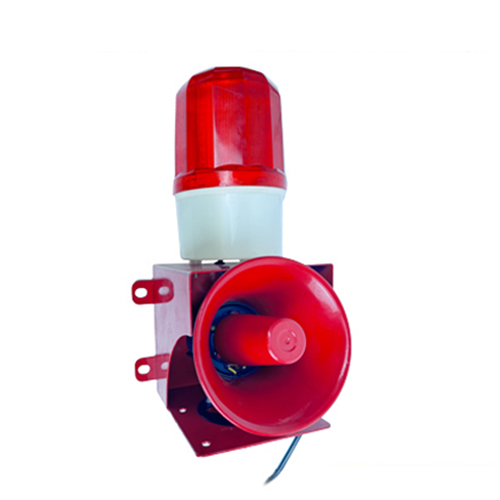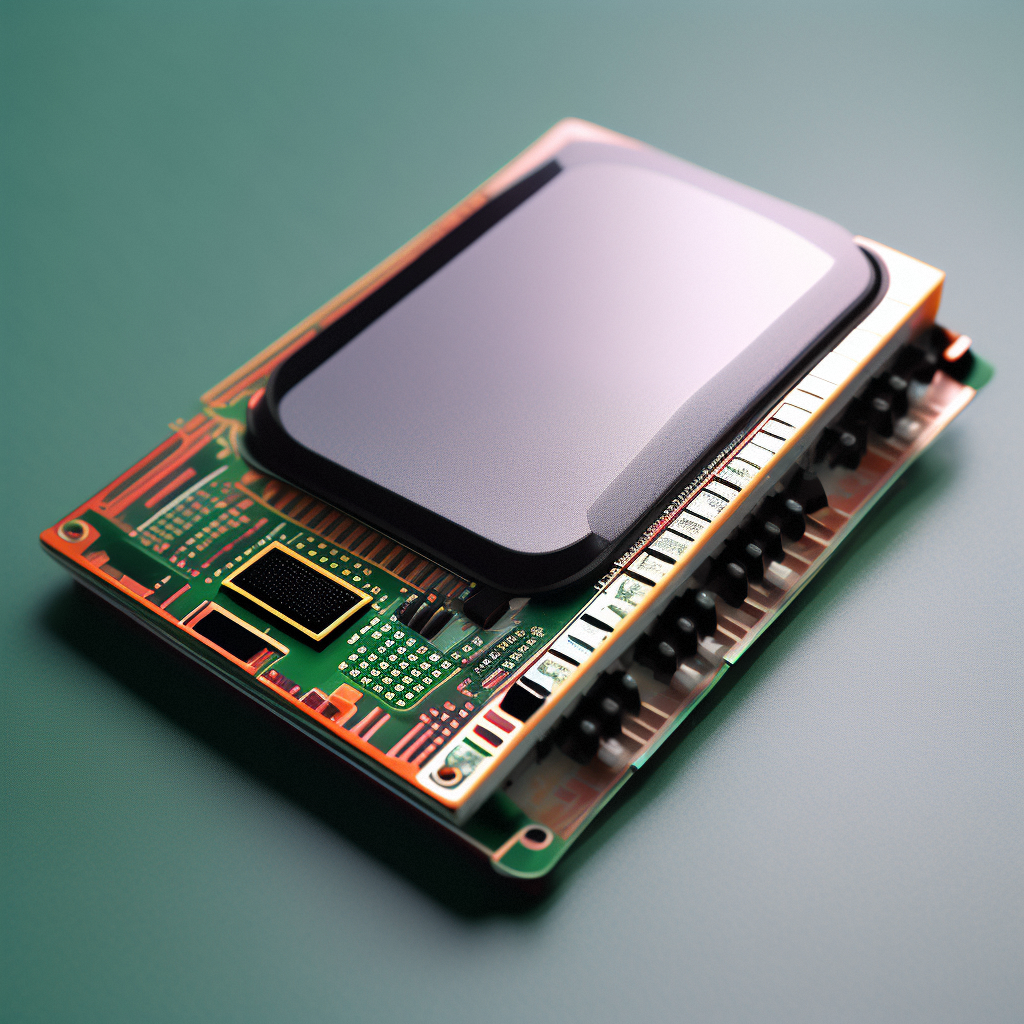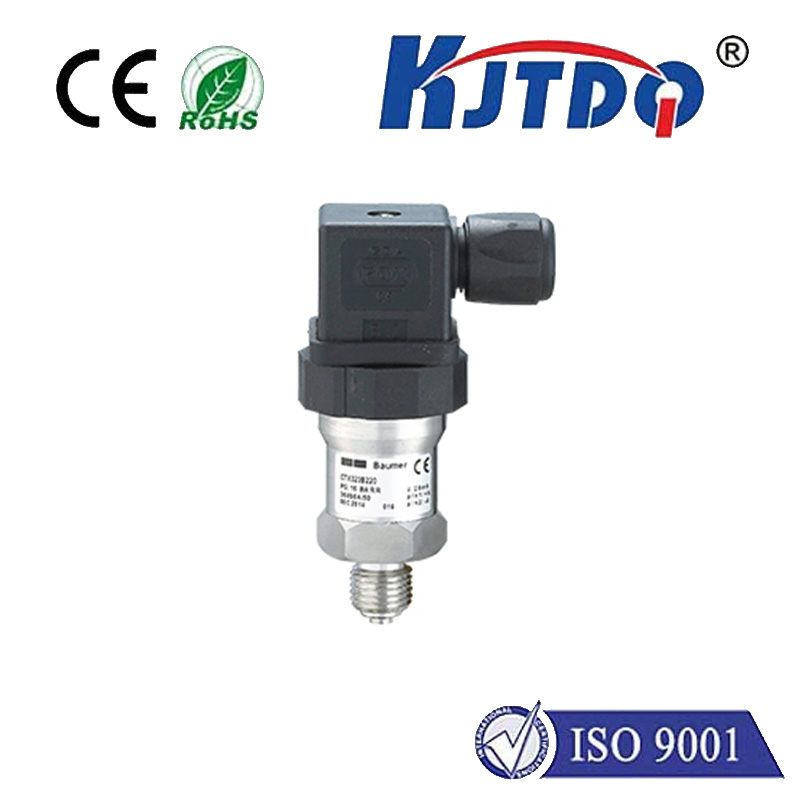micro displacement sensor
- time:2025-08-27 13:43:39
- Click:0
Micro Displacement Sensors: The Invisible Precision Powering Modern Technology
Imagine guiding a robotic surgeon’s hand with accuracy finer than a human hair. Picture machinery assembling microchips where components are smaller than a speck of dust. Envision ensuring the stability of a massive bridge by tracking movements invisible to the naked eye. These feats rely on mastering measurements at scales we can scarcely comprehend. Enter the critical, often unseen, world of micro displacement sensors – the technological marvels that provide high-precision measurement in realms demanding near-imperceptible accuracy.
What Exactly Are Micro Displacement Sensors?
At their core, these sensors are sophisticated instruments designed to detect and measure tiny changes in position, distance, or movement. We’re talking sub-micron, nanometer, or even picometer scales – distances thousands of times smaller than the width of a single strand of hair. These sensors are engineered to deliver exceptional resolution and stability, capturing minute motions that would be utterly undetectable by conventional measuring tools. Their purpose is paramount: providing reliable, real-time data about variations that profoundly impact performance, quality, and safety.
How Do They Achieve Such Incredible Precision? (Key Sensing Principles)

Unlike clunky mechanical gauges, modern micro displacement sensors primarily leverage non-contact measurement techniques. This eliminates physical interaction that could distort results or damage delicate components. The most common principles include:
- Capacitive Sensing: Measures changes in capacitance between the sensor probe and the target surface. Changes in the gap distance alter the capacitance value, which is precisely converted into a displacement reading. Known for exceptional resolution even at sub-nanometer levels and high stability, capacitive sensors are ideal for short-range, ultra-high-precision applications like semiconductor metrology and vibration analysis of sensitive optics.
- Eddy Current (Inductive) Sensing: Operates by inducing eddy currents in a conductive target material. As the target moves closer or further from the probe, these currents change, affecting the probe’s electromagnetic field. This variation is measured to determine displacement. Eddy current sensors excel in non-contact measurement of conductive targets, offer high resolution and speed, and are highly resistant to oil, dirt, and pressure variations, making them robust for industrial environments like monitoring rotating machinery clearance.
- Optical Sensing: Encompasses various technologies like laser interferometry, confocal chromatic, and triangulation. Laser interferometers use the interference pattern of split laser beams to measure displacement with extreme accuracy over longer ranges. Confocal sensors focus light to a tiny point and measure wavelength shift to determine surface position. Optical methods often provide the longest measurement ranges among micro sensors while maintaining high precision, crucial for applications like precision stage positioning and surface profiling.
- Strain Gauge Sensors: While often contact-based, advanced micro strain gauges, sometimes embedded in MEMS devices, can measure minute deflections or forces that correlate to displacement. They are vital where direct force or deformation monitoring is needed at microscopic scales.
Where Do These Microscopic Measurements Matter Most?
The applications for micro displacement sensors are incredibly diverse and underpin many advanced technologies:
- Semiconductor Manufacturing: Critical for photolithography mask alignment, wafer inspection, stage positioning for etching/deposition, and controlling robotic handlers. Sub-micron accuracy is absolutely essential to produce ever-smaller chips.
- Precision Metrology & Quality Control: Used in coordinate measuring machines (CMMs), profilometers, and gauge stations to verify the dimensions, flatness, and surface characteristics of parts with nanometer-level tolerances (e.g., optical lenses, fuel injectors, medical implants).
- Microscopy & Scientific Research: Enabling precise positioning of samples and probes in Atomic Force Microscopes (AFM), Scanning Electron Microscopes (SEM), and other instruments exploring the nanoworld. Vibration isolation systems for sensitive labs also rely heavily on them.
- Industrial Automation & Machinery Monitoring: Monitoring bearing clearances, detecting minute shaft runout or vibration in turbines, compressors, and spindles to predict failures and prevent catastrophic downtime. Enabling ultra-precise robotic assembly and quality checks.
- Aerospace & Defense: Ensuring structural integrity by monitoring microscopic deformations in airframes or wings under stress. Critical for guidance system stability and precision optics positioning in satellites and targeting systems.
- Medical Devices & Biotech: Essential for precision dosing in microfluidics, positioning stages in medical imaging equipment, controlling surgical robots, and research involving cellular mechanics or micro-devices.
Key Factors Defining Performance: More Than Just Resolution
Choosing the right micro displacement sensor goes beyond just the smallest measurable step. Critical parameters include:
- Resolution: The smallest detectable change in displacement (e.g., nanometers).
- Accuracy: How closely the measurement reflects the true displacement.
- Repeatability: Consistency of measurements under identical conditions.
- Measurement Range: The total distance over which the sensor operates accurately.
- Bandwidth / Frequency Response: How quickly the sensor can respond to changes; crucial for dynamic measurements like vibration analysis.
- Target Material: Some sensors (especially eddy current) require specific target conductivity, while others (capacitive, optical) are more flexible.
- Environmental Robustness: Tolerance to temperature fluctuations, humidity, pressure, electromagnetic interference, dust, and oils is vital for challenging industrial settings.
Selecting the Right Sensor: Matching Precision to Purpose
Selecting a micro displacement sensor isn’t a one-size-fits-all exercise. It demands a clear understanding of the application’s fundamental requirements:
- What level of resolution and accuracy is truly needed? Don’t over-specify and pay for unnecessary precision.
- What is the required measurement range? Capacitive excels at ultra-high precision over very short gaps (<1mm often); eddy current offers great resolution over short-to-medium ranges (mm to several mm); optical sensors generally cover the widest ranges (mm to meters).
- What is the target material? Is it conductive? Reflective? Translucent? Rough? This immediately narrows the technology choice.
- What are the environmental conditions? High temperature? Vibrations? Dirty or oily atmosphere? EMI present? This dictates required robustness.
- Is it a static or dynamic measurement? Bandwidth requirements for monitoring vibration are vastly different from measuring slow thermal drift.
- What is the budget? Capacitive and laser interferometers tend to be higher-cost for the highest precision; eddy current and optical triangulation offer excellent value for many industrial applications.
Micro displacement sensors are the unassuming heroes of the modern technological landscape. Their ability to measure the immeasurably small with exceptional resolution and reliability enables innovation and precision across a breathtaking spectrum of industries – from building the smallest transistors to ensuring the stability of the largest structures. By translating imperceptible movements into actionable data through sophisticated non-contact measurement techniques like capacitive, eddy current, and optical sensing, these devices provide the foundation for quality, efficiency, safety, and breakthroughs that continue to push the boundaries of the possible. As technology relentlessly advances towards smaller scales and higher precision, the demand for ever more capable and robust micro displacement sensors will only intensify.






